Ram made shockwaves when it dumped the Hemi V8 from its 1500 pickup, first in the US towards the end of 2023 before the first deliveries of the ‘Hurricane’ six-cylinder pickup began in Australia a few months ago.
Prior to the change, almost 28,500 Hemi-powered 1500s were converted to right-hand drive in Melbourne and sold locally, well and truly kicking off the pickup movement which is now a fixture of Australia’s new-vehicle market.
But with a twin-turbo six under the bonnet, is the Ram 1500 still the pick of the bunch?
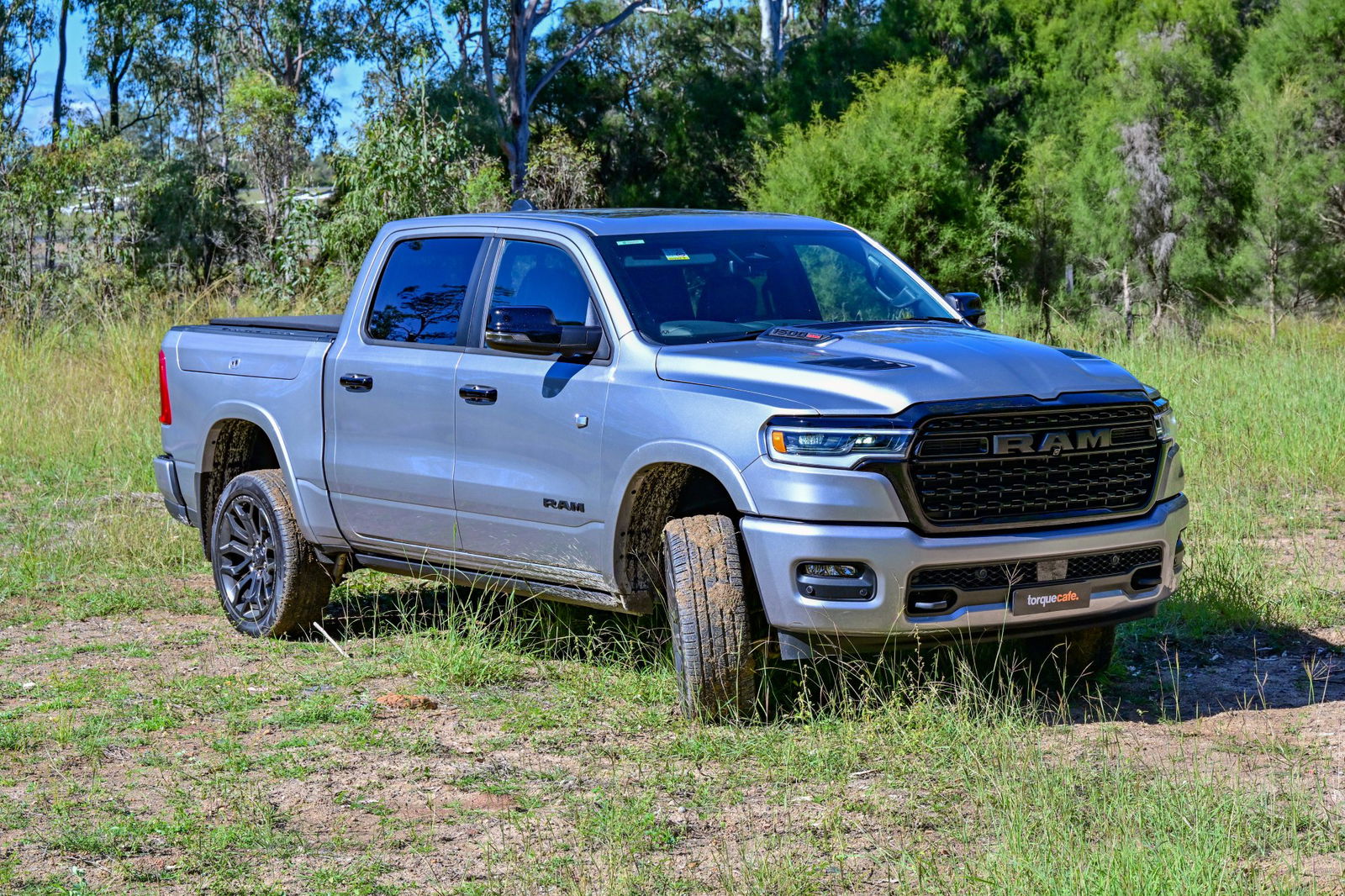
First, it’s worth diving into just what’s different in the revised 1500, as Ram’s updates constitute more than just some styling tweaks and an engine change.
The Ram 1500 lineup currently consists of the entry-level Laramie Sport (priced from $141,950) and the Limited (priced from $159,950). While the Laramie Sport is the same price as its V8-powered predecessor, it’s $22,000 dearer than the less equipped Big Horn was as the previous range opener.
Likewise, the Limited has undergone a $3000 price increase, though there’s more equipment and higher outputs to support it.
You can differentiate the Hemi and Hurricane Ram 1500s by their different front-end styling, as well as the latter’s ‘SST’ bonnet lettering.
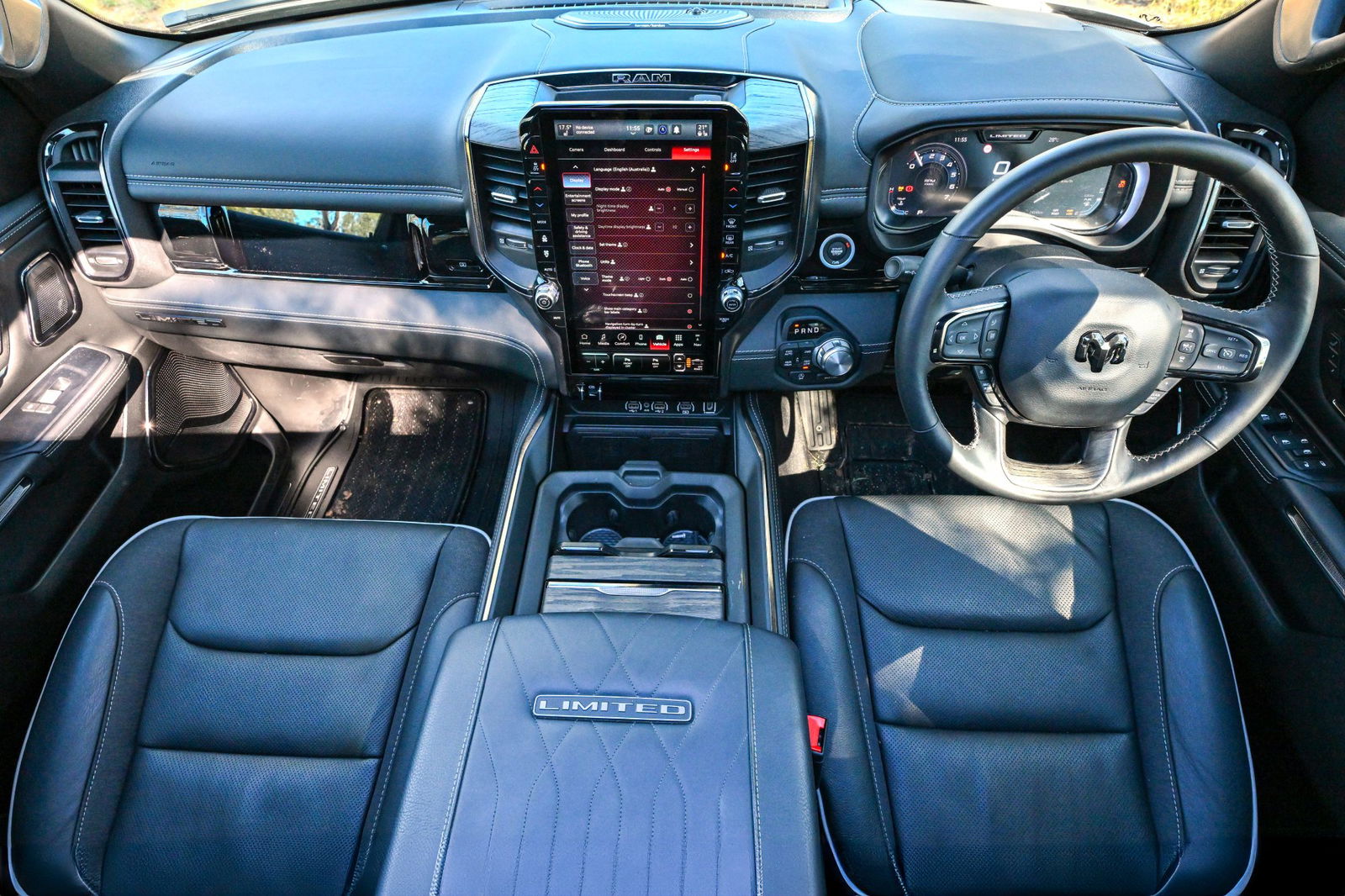
Just like its US pickup rivals, there is space aplenty in the Ram 1500’s cabin, which is also appropriately sound deadened to ensure occupants can still hear each other at speed – no small feat given the vast expanse inside.
The gear selector knob is located above the driver’s left knee, and is probably the only part where the cab feels at all cramped. At six feet tall, I found my knee often hitting its surround, depending on the position I was seated and where the power-adjustable pedals were located.
In the Limited, the front passenger gets access to a 10.25-inch screen, to which they can connect their smartphone via a HDMI port to stream videos. The standalone screen can be connected to wireless headphones, so as not to create any aural distractions to the driver, while the display has a privacy film which makes it impossible to view from behind the wheel.
This screen supplements the 12.3-inch digital instrument cluster and 14.4-inch infotainment screen for the driver, the latter of which incorporates both wired and wireless Apple CarPlay and Android Auto.
There’s plenty of space in the back too. Even with a bulky ISOFIX seat on the passenger side, we were able to fit two adults next to it in comfort, though only the outboard positions get heating.
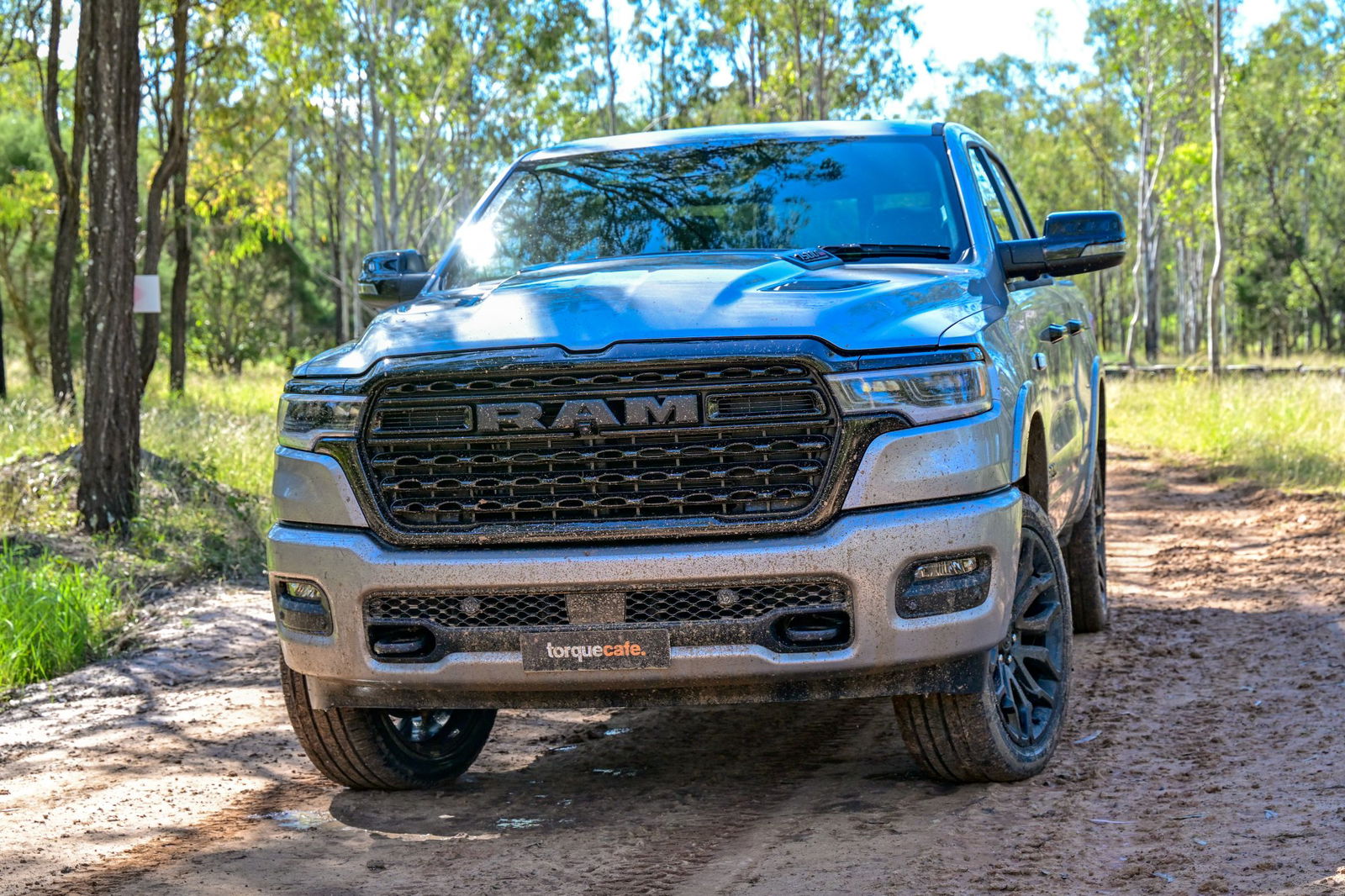
It’s a comfortable pickup to ride in, with the tune on the Laramie Sport’s dampers well-matched to its 20-inch wheels, shod in 275/55 tyres.
There is a lot to be said for how modern pickups ride – like most utes, they’re no longer an agricultural experience, with the ride in the Ram being particularly pleasant, no matter which seat you’re parked in.
Despite its hefty weight and long length, it feels agile and there’s a very solid connection between the steering wheel and front axle. This won’t win any time attack competitions, but it can still be hustled down country roads.
As expected, the Limited is even sharper, and though it probably loses the comfort edge to the Laramie Sport on account of its 22-inch wheels (with 285/45 tyres), its air suspension system is a unique feature.
There are five modes: entry/exit (sitting its absolute lowest with the nose pitched down), aero (making it slightly more efficient), normal, off-road one (a slight lift) and off-road two (the tallest available).
No matter the setting it is still a nice ride, although a bit more taut than the Laramie Sport, however that could be down to the increased wheel size.
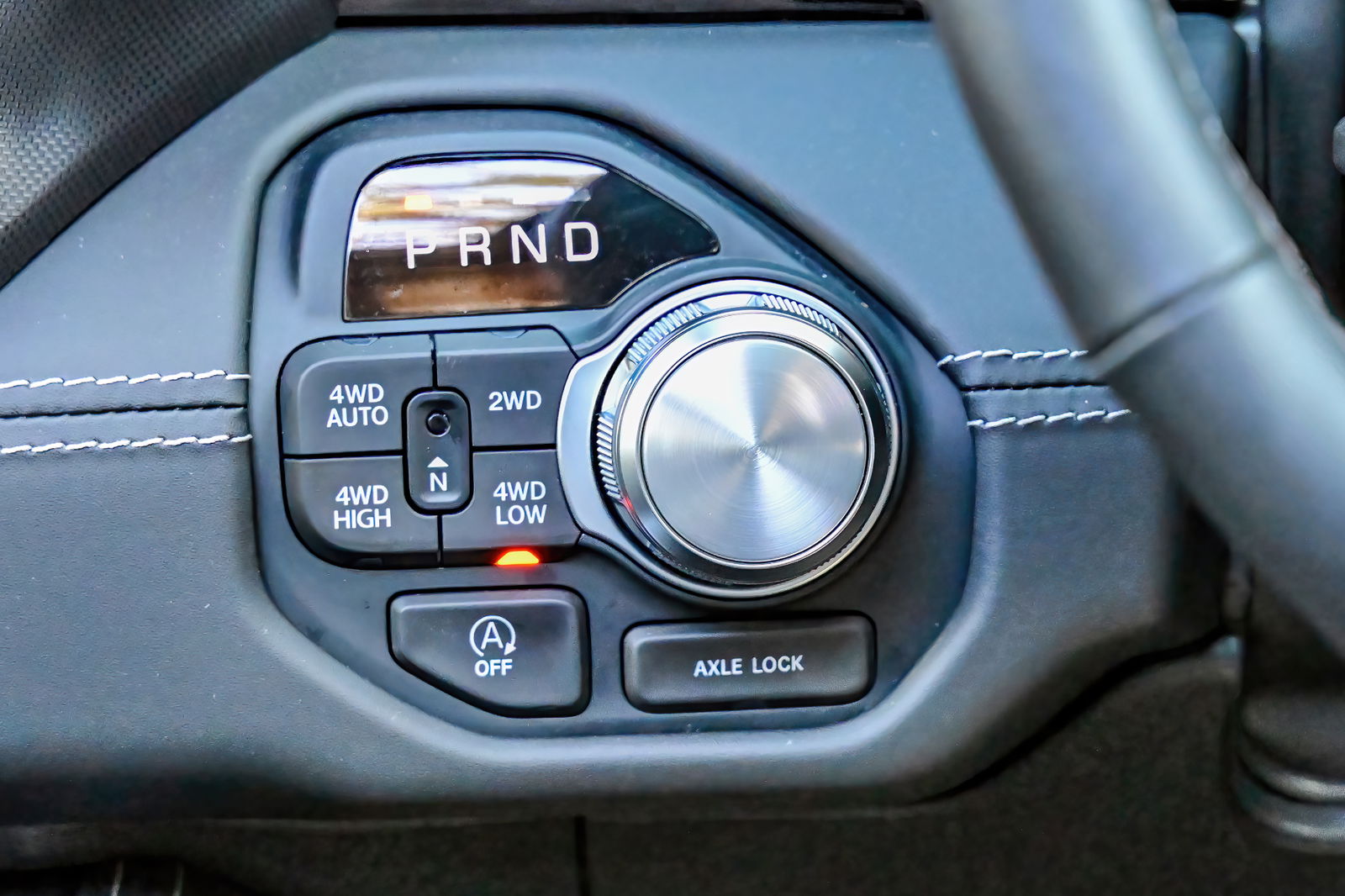
Both variants of the pickup feature well-calibrated adaptive cruise control and lane-keeping systems, for those who prefer to use the technologies.
Where the two are set apart though is in their raw power and torque.
While both use the same 3.0-litre twin-turbo straight-six engine, the Laramie Sport gets the ‘Standard Output’ while the Limited is exclusively sold in ‘High Output’ guise.
Standard Output, or SO, versions of the engine produce 313kW and 635Nm, exceeding the old 5.7-litre Hemi V8 by 22kW and 79Nm – not insignificant increases. However, this is only further increased with the High Output (HO), raising the bar to 403kW and 707Nm.
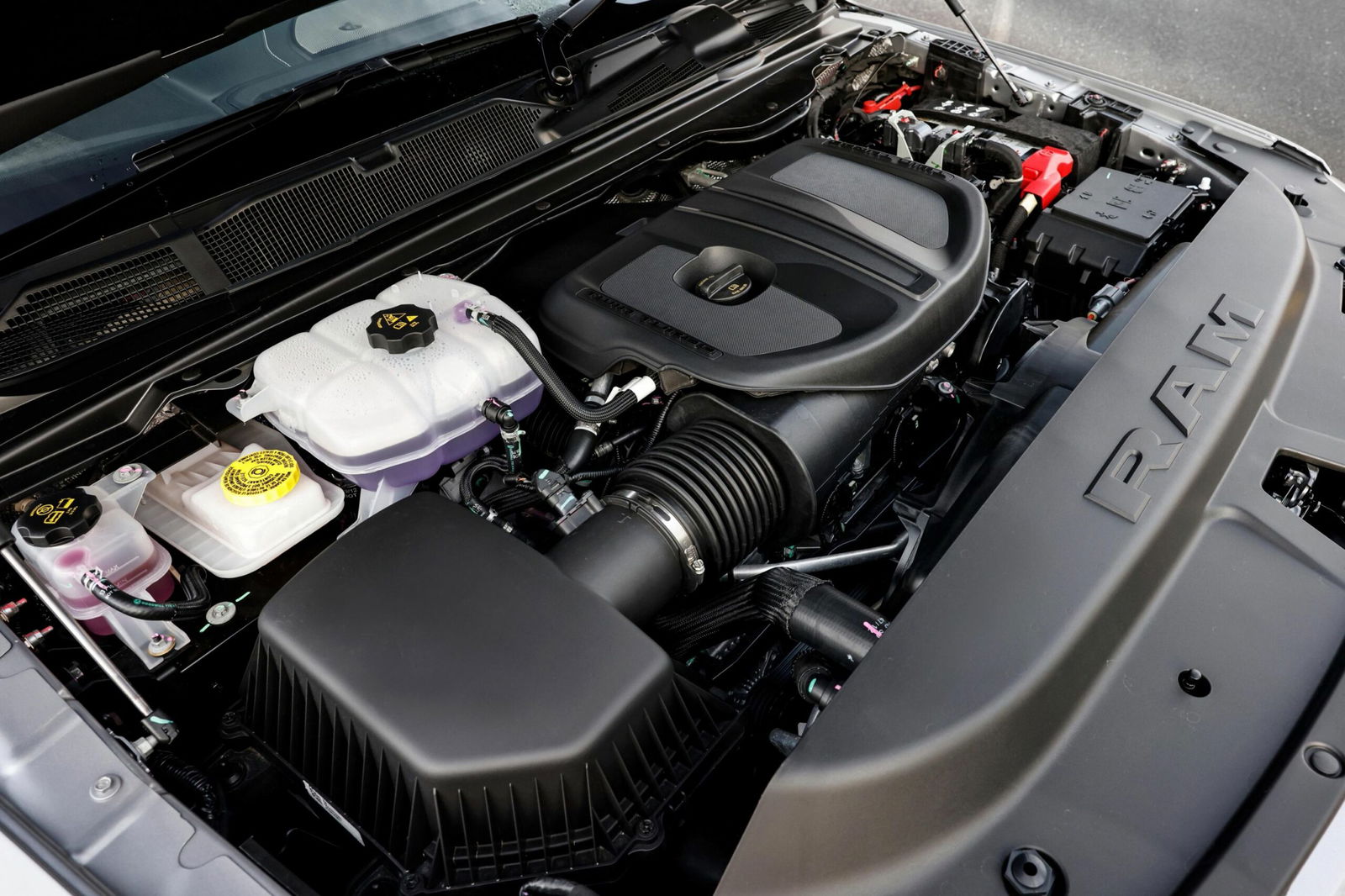
That makes it the second-most powerful pickup ever sold in Australian showrooms, behind only the wild supercharged 6.2-litre V8 Ram TRX.
You can feel that extra torque doing its work in the Hurricane SO, which continues to be mated to an eight-speed torque-converter automatic. The transmission can always pick the right gear for whatever the road condition, and ride the wave of torque right until it needs to change.
The same can obviously be said for the Hurricane HO, which from the get-go feels far more potent and makes the 1500 seem nowhere near its true weight. This huge pickup is a deadset stoplight grand prix contender against hot Australian performance sedans.
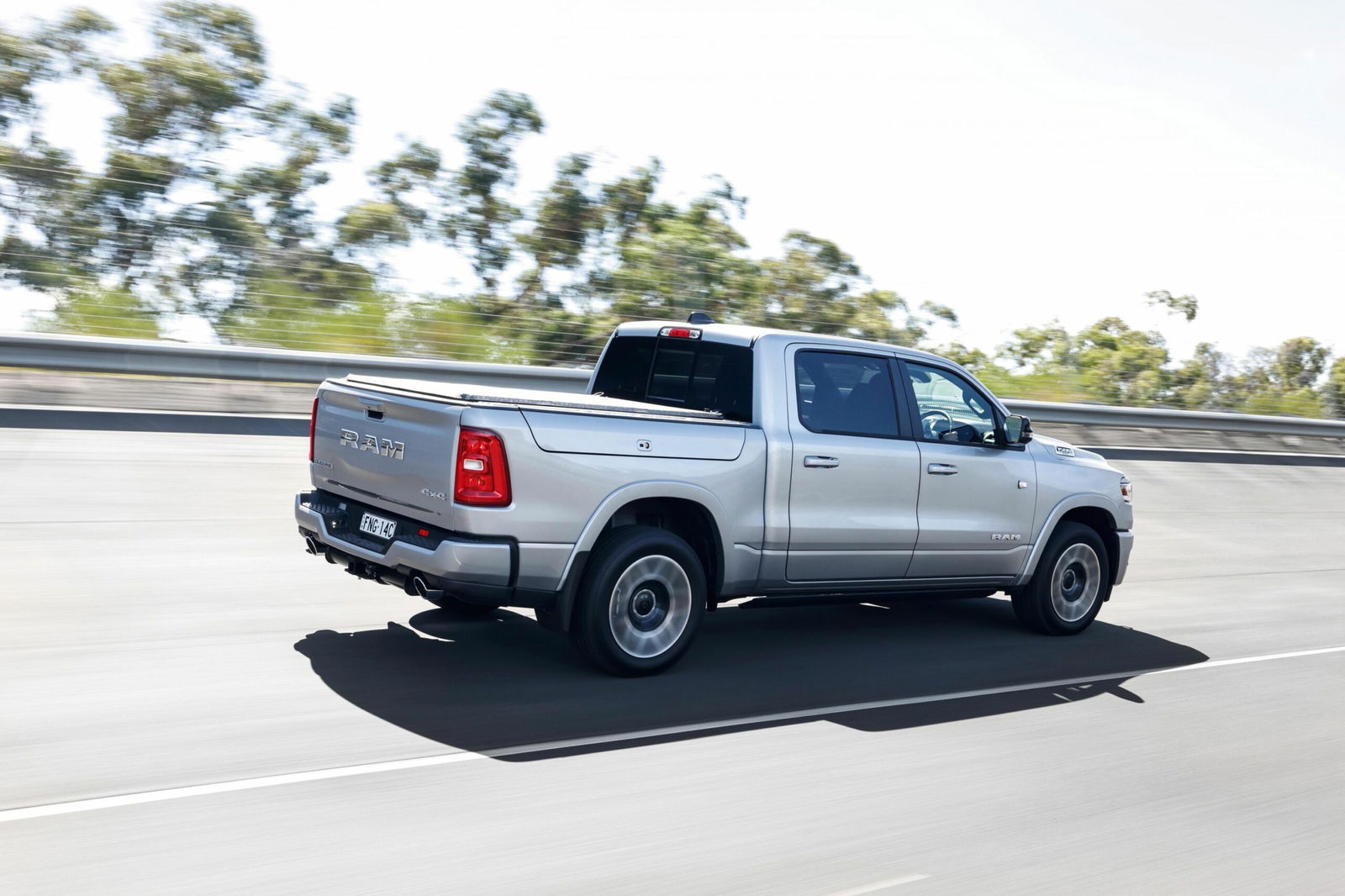
If there was a complaint about the powertrain, it would be that the HO’s gearbox seems to hold it in lower gears than necessary, preferring to rev higher rather than save fuel in the next ratio along.
I didn’t get to test the towing capacity of either 1500, however Ram quotes a maximum of 4500kg for the Laramie Sport and 4200kg for the Limited, both with a 70mm ball. This drops to 3500kg for both with a 50mm ball, the limit in Australia for that size.
Both variants are better than their predecessors and each are strong contenders to be better than their rivals across most measurable criteria, but without cheaper grades in the lineup – for now at least – they might not be the volume-sellers like the Hemi V8 once was.



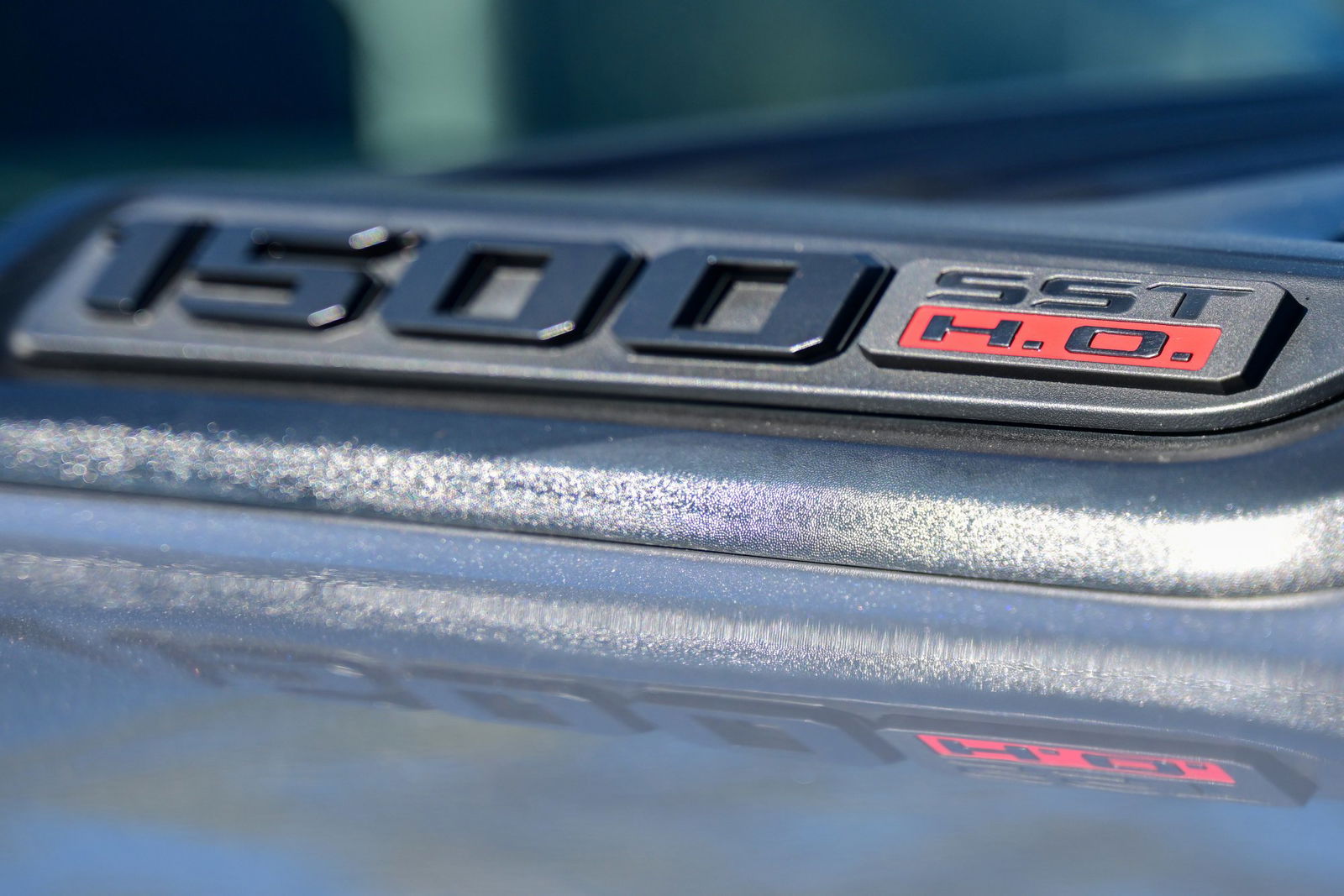



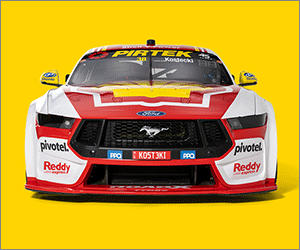






Discussion about this post